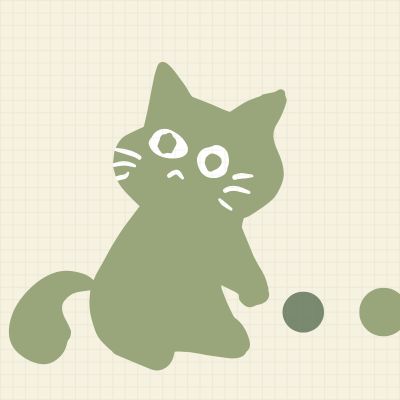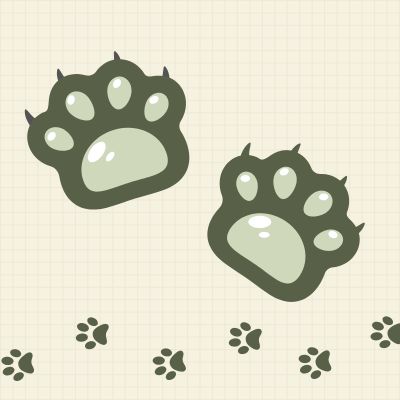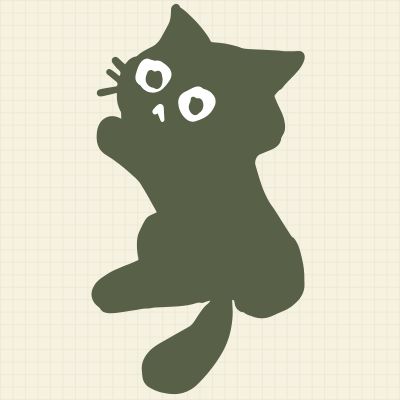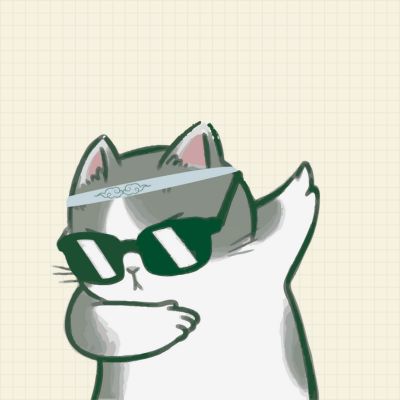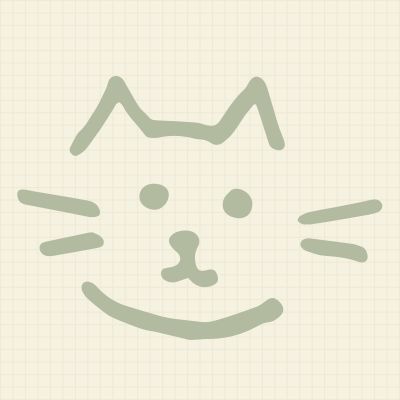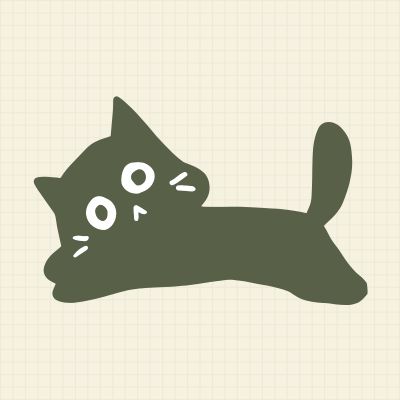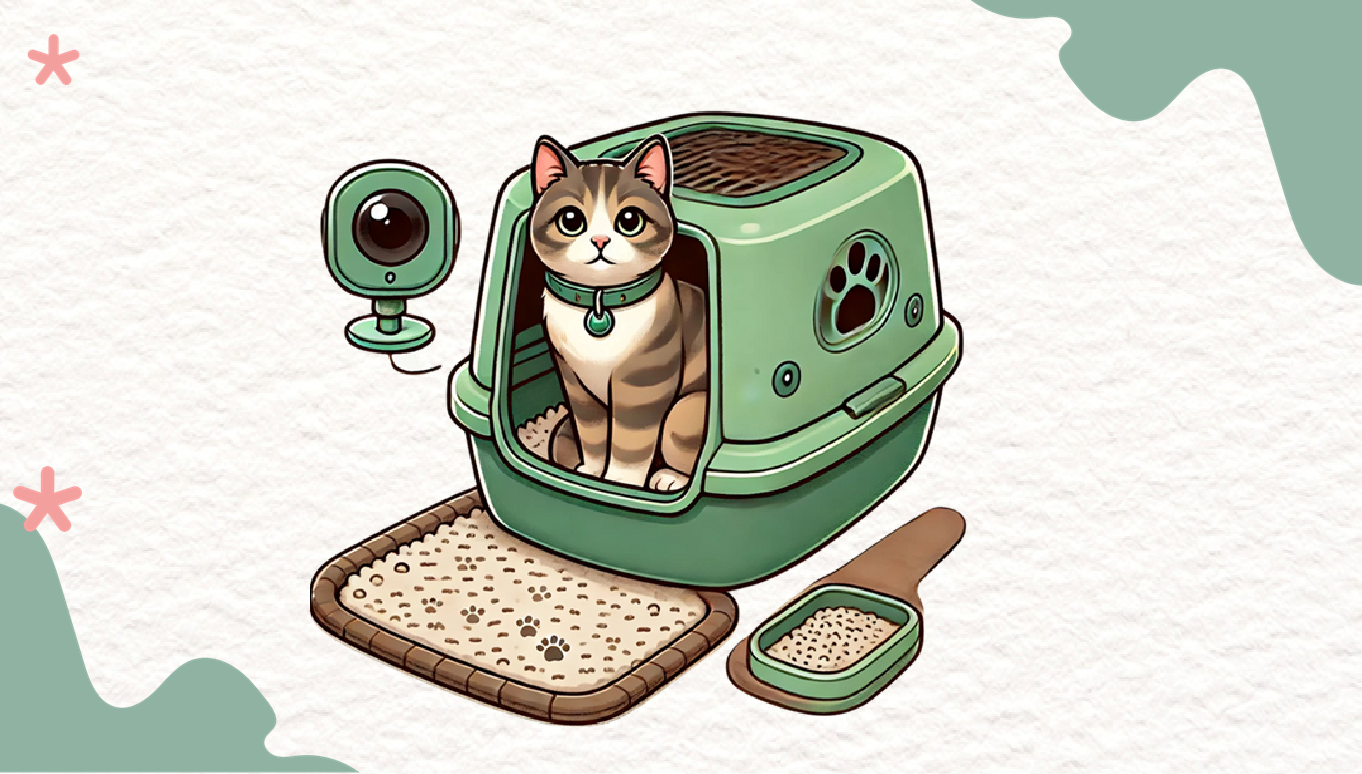
Paws in the Sun
Learn More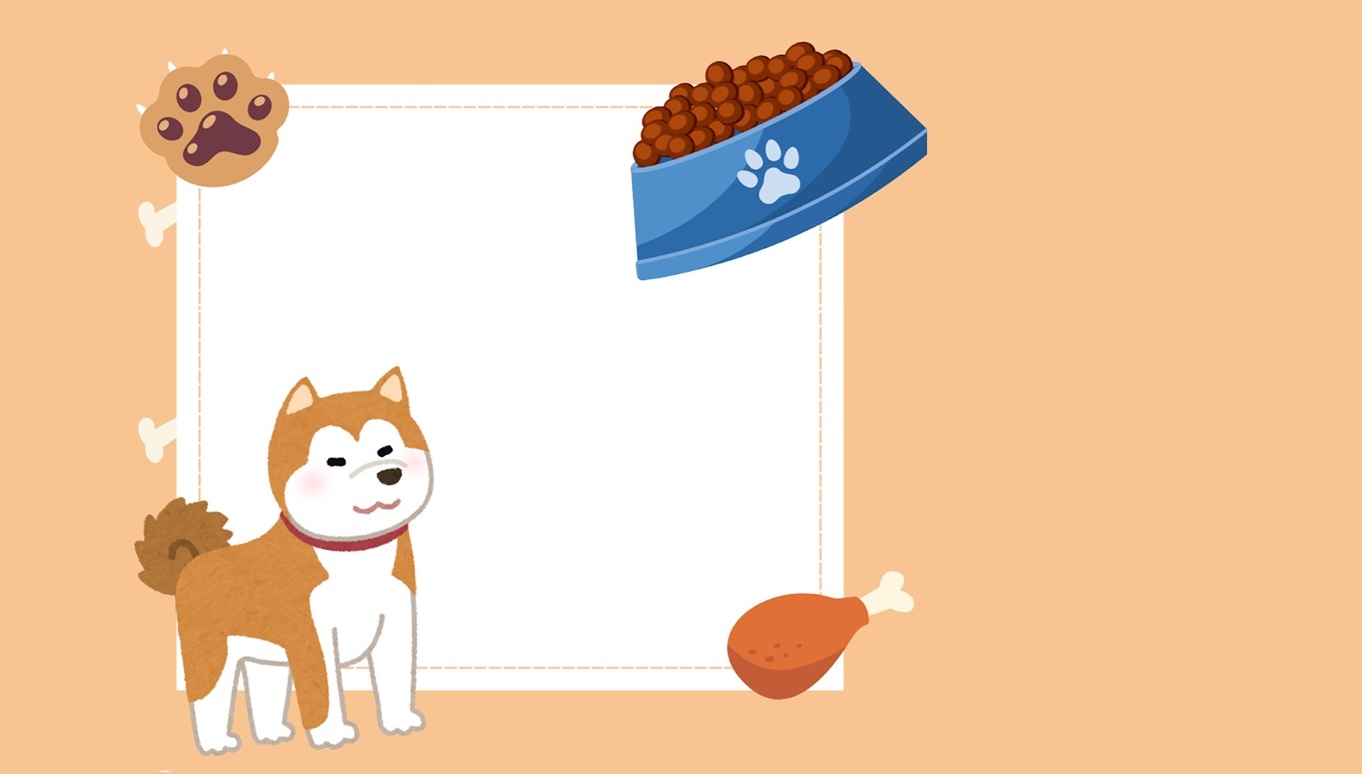
Hearts That Roam
IoT Applications (Internet of Things Applications)
The concept of the Internet of Things (IoT) was first proposed by Kevin Ashton in 1999, originally referring to the integration of the internet with everyday objects. In its early stages, IoT applications were mainly focused on industrial automation and telemetry technologies. In the early 21st century, with advancements in wireless networks, IoT rapidly expanded, covering a wide range of fields from smart homes to smart cities. In recent years, with the integration of big data and artificial intelligence (AI), IoT has continuously broadened its scope, creating a profound impact on society and the economy.
Initially, we focused on pet care, starting with research on automatic feeding and water dispensers. However, we discovered that cats' elimination behavior is closely linked to their health, and traditional litter boxes lack effective monitoring capabilities. After learning about YOLOv8 image recognition and Roboflow, we came up with the idea of applying AI to detect waste conditions and integrating it with a LINE Bot for real-time notifications. This led to the development of the AIoT Smart Litter Box, enhancing the accuracy and convenience of cat health management.
The Smart Litter Box is equipped with an 8735 Ultra development board camera, a Taiwan-made IoT image processing chip with a built-in NPU, supporting WiFi and BLE. It periodically captures and transmits cat waste images to the LINE system for health analysis. The AI analyzes the color and shape of the feces to detect abnormalities and provides health recommendations, such as whether a vet visit is necessary, helping pet owners monitor their cat’s health in real time.
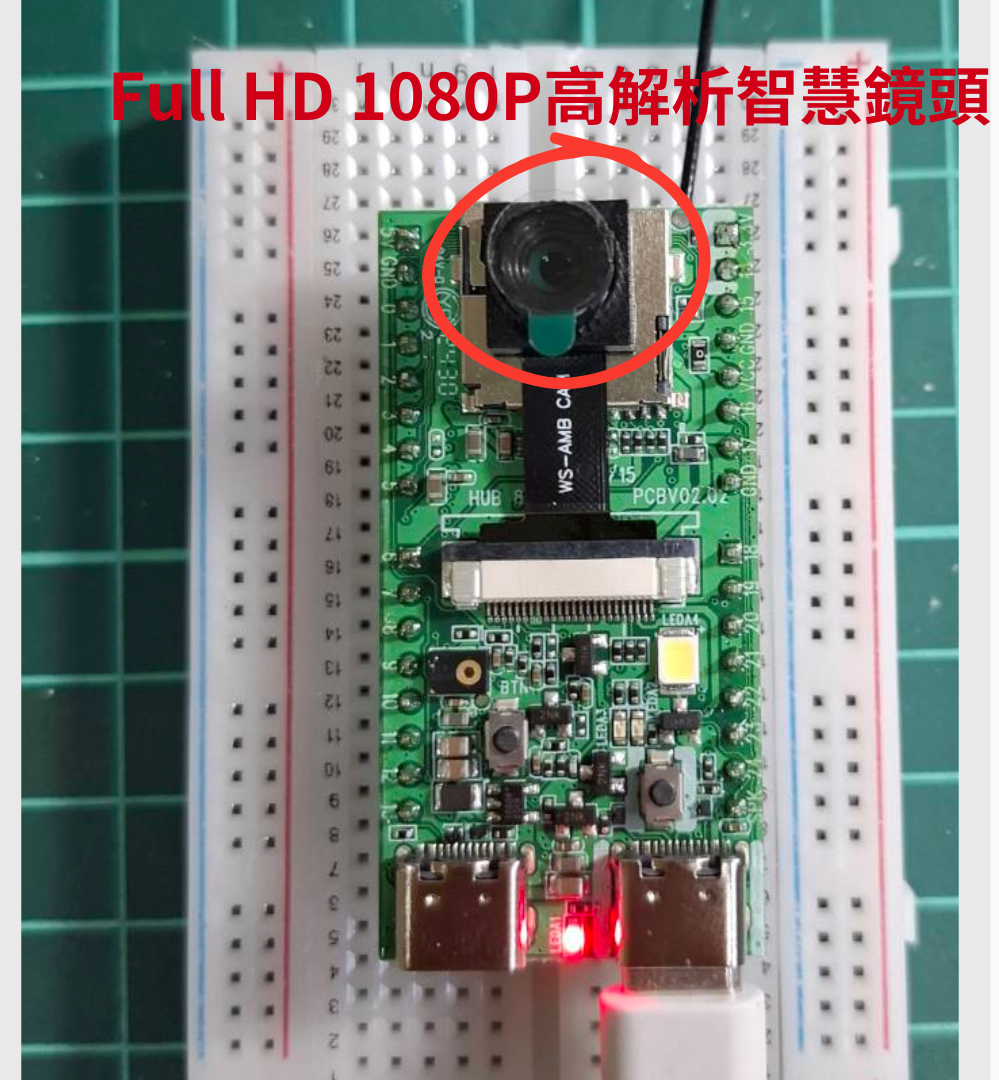



Bluetooth Module and Beacon Technology
Beacon is a low-power Bluetooth device that, when combined with the ESP32 module, enables remote control functionality. When a cat enters the litter box, the system automatically detects its presence and triggers the cleaning mechanism, ensuring hygiene. The Beacon technology senses when the cat is within range, activates the cleaning process, and stops once the cat leaves, allowing pet owners to easily manage their cat’s toileting environment.
Learn more